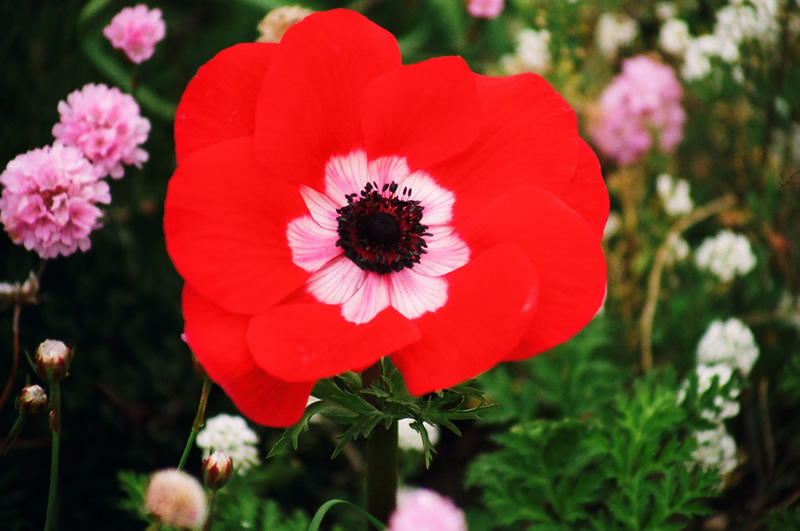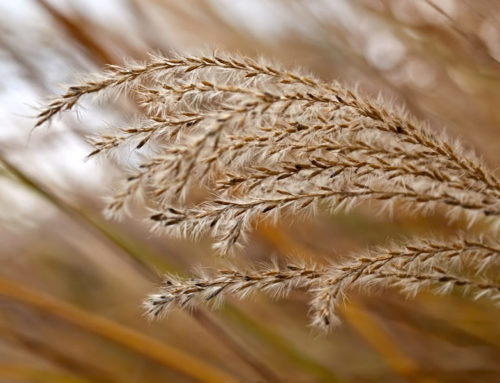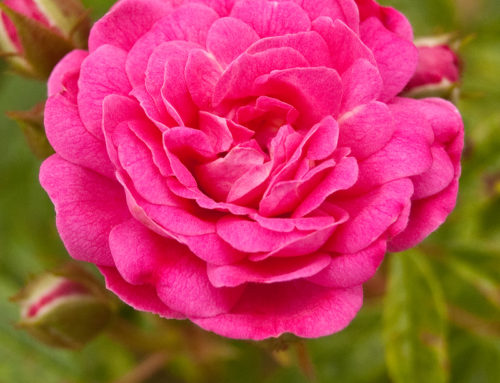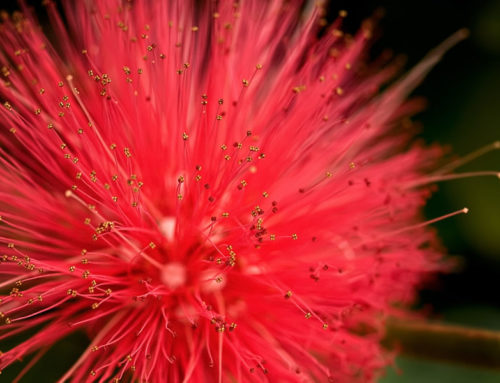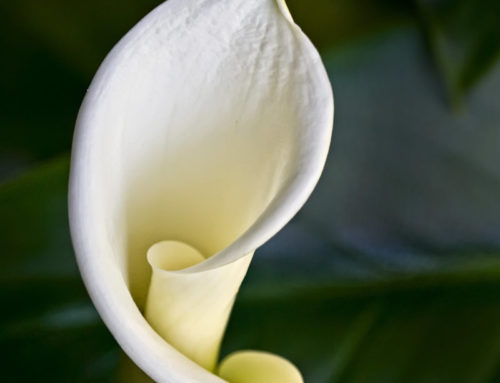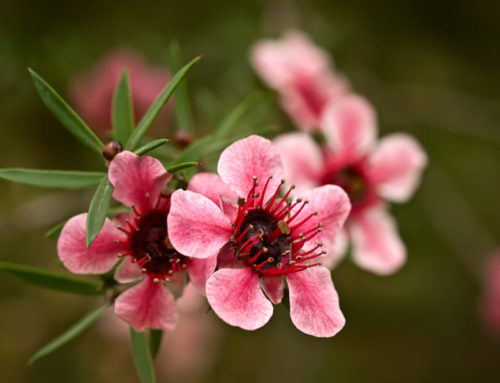Papaver orientale (Oriental poppy) is a perennial flowering plant native to the Caucasus, northeastern Turkey, and northern Iran.
Oriental poppies throw up a mound of finely cut, hairy foliage in spring. After flowering the foliage dies away entirely, a property that allows their survival in the summer drought of Central Asia. Late-developing plants can be placed nearby to fill the developing gap. Fresh leaves appear with autumn rains.
Papaver orientale has a hardiness zone of 3-8 average. It usually thrives in light calcareous soil and in full sun or part shade. Seeds are sown after the potential of frost has passed, the average temperature is approximately 21 °C and when soil has thoroughly warmed. The seeds are sown at a depth of about one centimeter, or less as light may stimulate germination. Oriental Poppies do not handle transplanting or over-watering well. Germination period is 10–20 days. Mulch can be used to protect the plant over the winter and cutting off the stem will produce a second flower.
Photos: Laurie Rennie
Plant Info
Latin Name: Papaver orientale
Family Name: Papaveraceae


